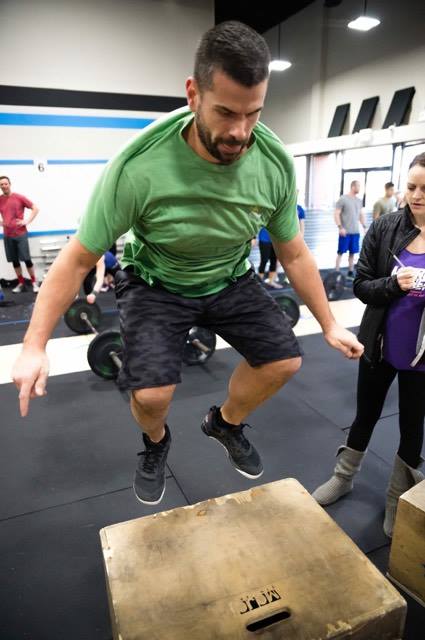OK, maybe the saying doesn’t go exactly like that, but it’s the same principle. While high intensity is a key component of CrossFit workouts, your pacing strategy should depend on the length of the workout you’re about to tackle. Going all-out from the outset isn’t always a good thing.

The Importance of Strategic Pacing in CrossFit
Pacing yourself during a workout is not a sign of lack of effort, as we may sometimes think, but is more a strategy on how to tackle a WOD. When you take on a WOD, the idea is for you to develop a strategy that will allow you to maximize your intensity for a given workout.
For example, let’s take the workout “Jackie,” which is: For time Row 1000m then perform 50 Thrusters (45/35lb) and 30 Pull-ups.
You start the workout on the rower for 1000m. This is a place where you don’t want to row at a breakneck pace where you fall off the rower in 2 minutes without finishing the 1000m. It’s probably not the time to test your best 1000m row time either, since as soon as you get off the rower you need those quads to get right into 50 Thrusters. The goal is to start and finish at a sustainable, yet fast-as-possible, pace. Your best strategy would be to pace yourself on the 1000m row so you can save your quads, grip and energy to move quickly through the Thrusters and Pull-ups.
So let’s say you get off the rower about 10 seconds later than your best 1000m row time and move onto the Thrusters. Should you go tearing through the Thrusters in one set or strategically break them up so that you never hit a wall? Of course, avoiding that wall and breaking them up is the better option but HOW to break them up is really where athletes will be different. Some athletes might be better off with simply 2 sets of 25; others might choose 2 sets of 15 and a set of 10, others might be better off working 5 sets of 10, this all depends on how efficiently you can work through the thrusters.
Another example of pacing would be during a longer Hero WOD like “Murph” which is: For time run 1 mile, perform 300 squats, 200 push-ups, and 100 pull-ups, then finish with another 1 mile run. All of this while wearing a weighted vest if you are intending to do it “as prescribed.” The clock ticks down to 3… 2… 1… and off you go to start your first mile. Of course knowing the work you have in store for yourself, you wouldn’t go into your first mile at a all-out pace.
If your workout is long, pacing yourself during the first rounds might feel like you’re holding back and wasting valuable time, but when you get to the hard part like the middle and later rounds, that’s where this kind of strategy pays off. Using a pacing strategy, you’ll still have enough air in you and you won’t have reached muscle failure yet, which will allow you to continue working – and finish the WOD.
 The Right Time to Push the Limits
The Right Time to Push the Limits
There are WODs that designed for you to go at an all out effort. Often we use work/rest intervals as a type of built in strategy for pacing your efforts. During these you should go all-out during the short work intervals and forget about pace. In that case, if you’re resting more than you’re working, you’re not meeting the objective for which that workout was designed.
Over time with experience, you’ll get more and more comfortable identifying what is the appropriate and most efficient way for you to tackle a workout. If you are not sure of the best personal strategy to use during a given workout, ask a Coach to help you determine one, that is what we are here for!


